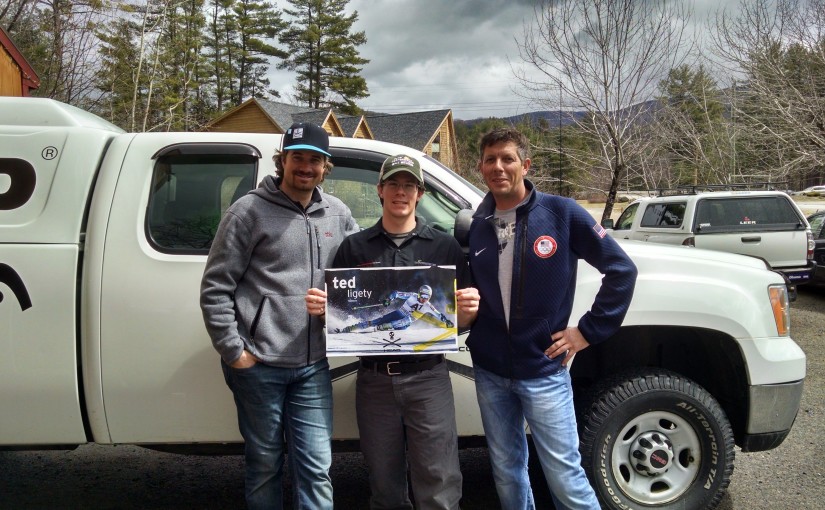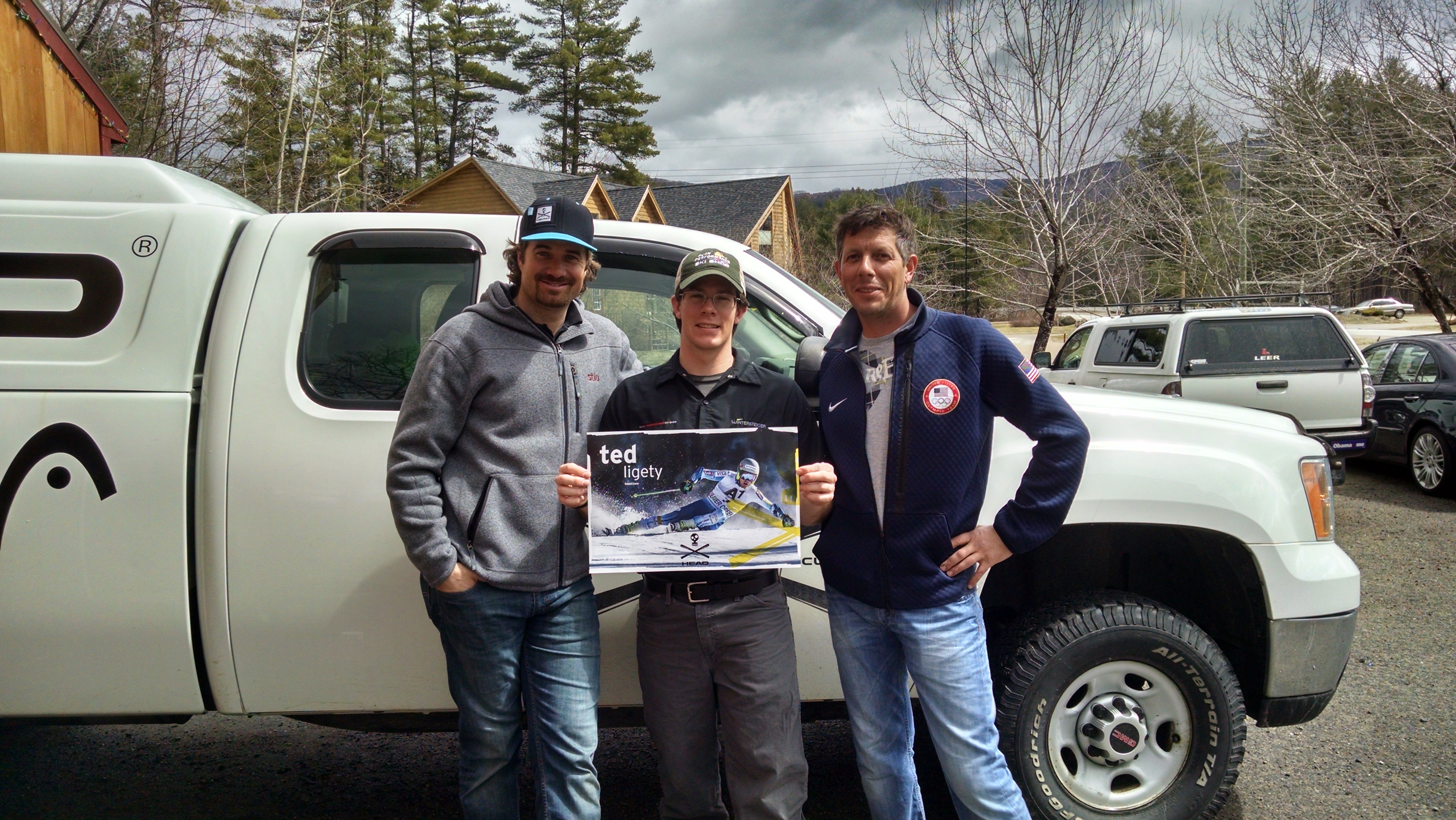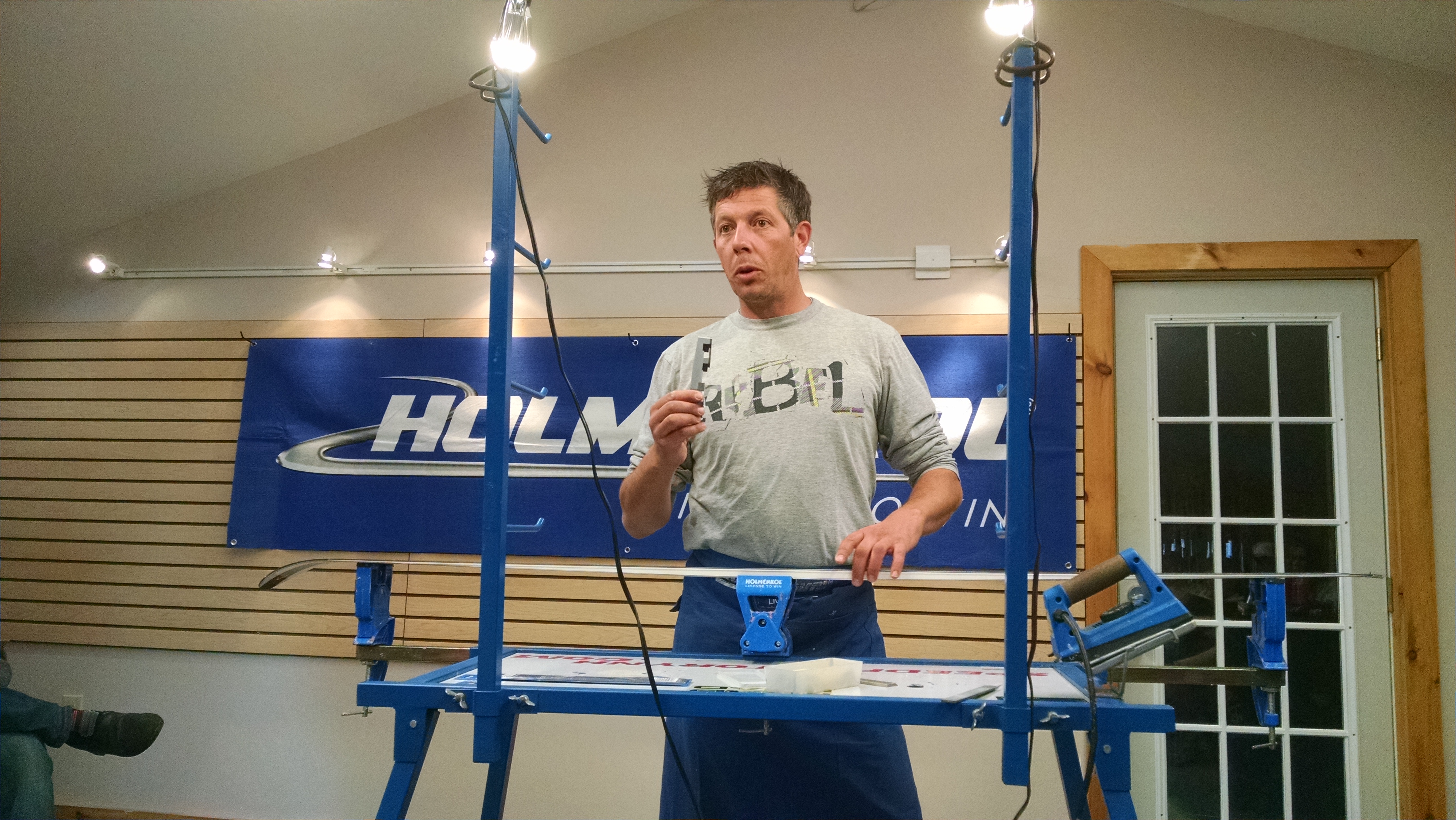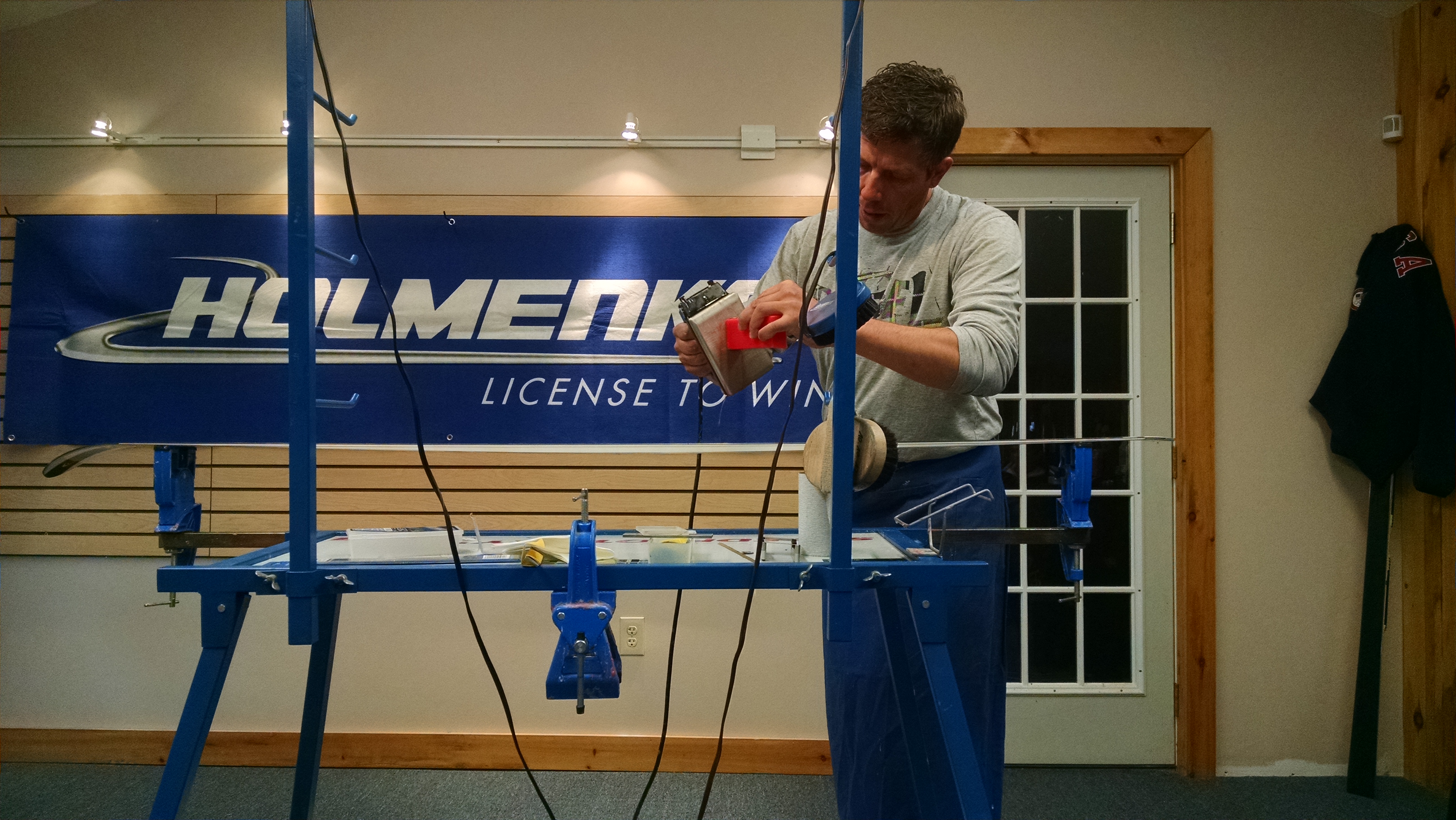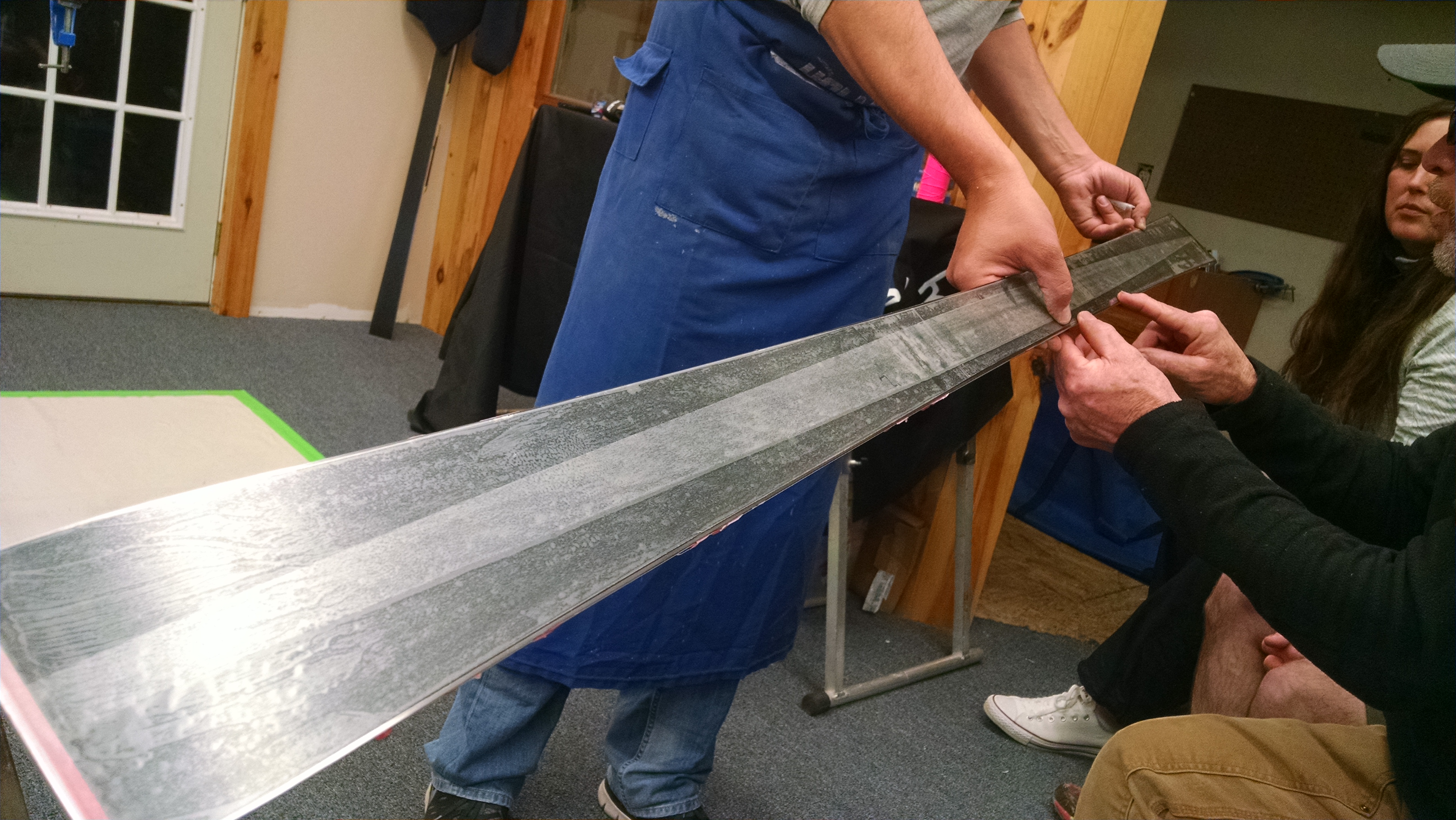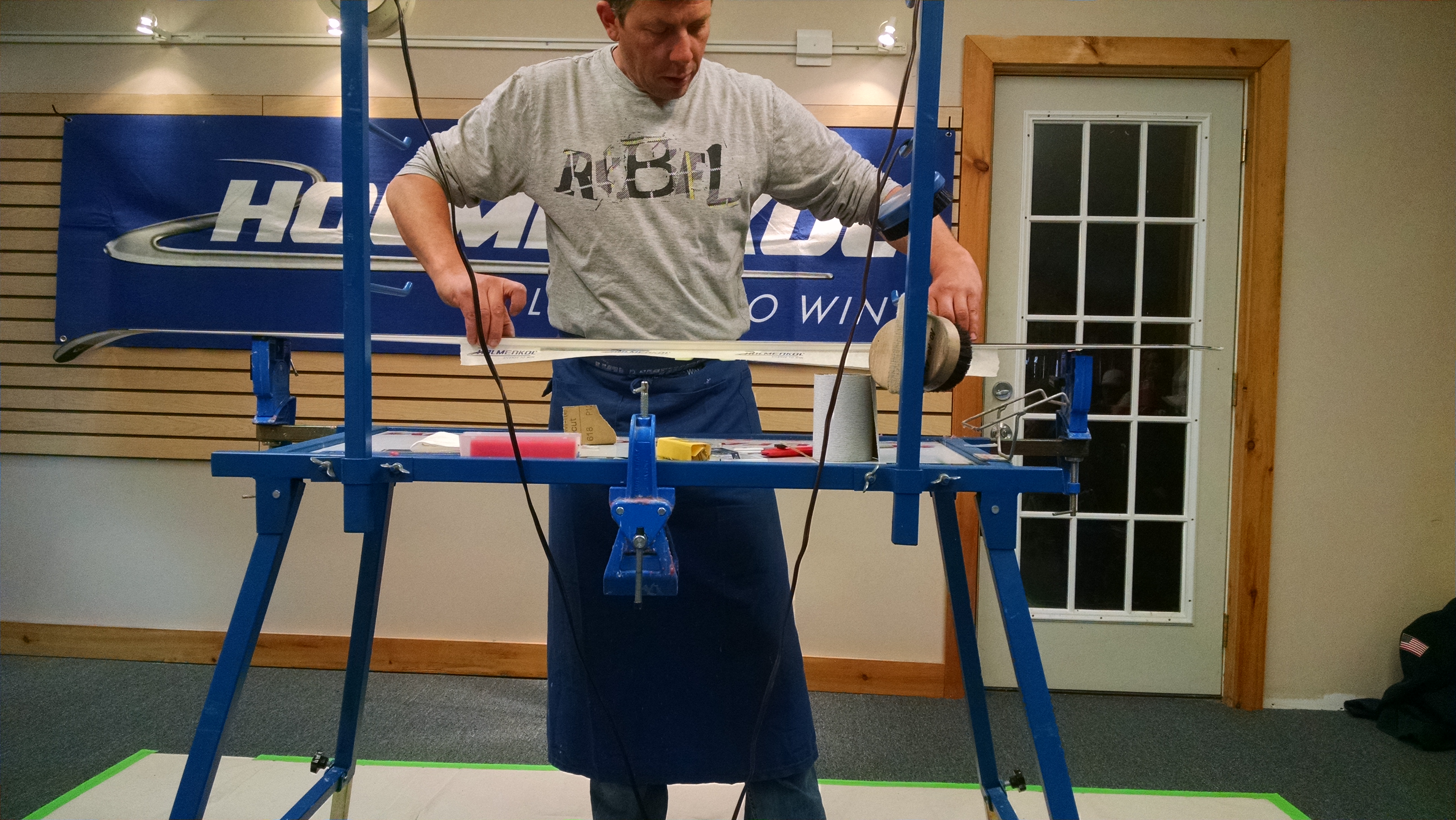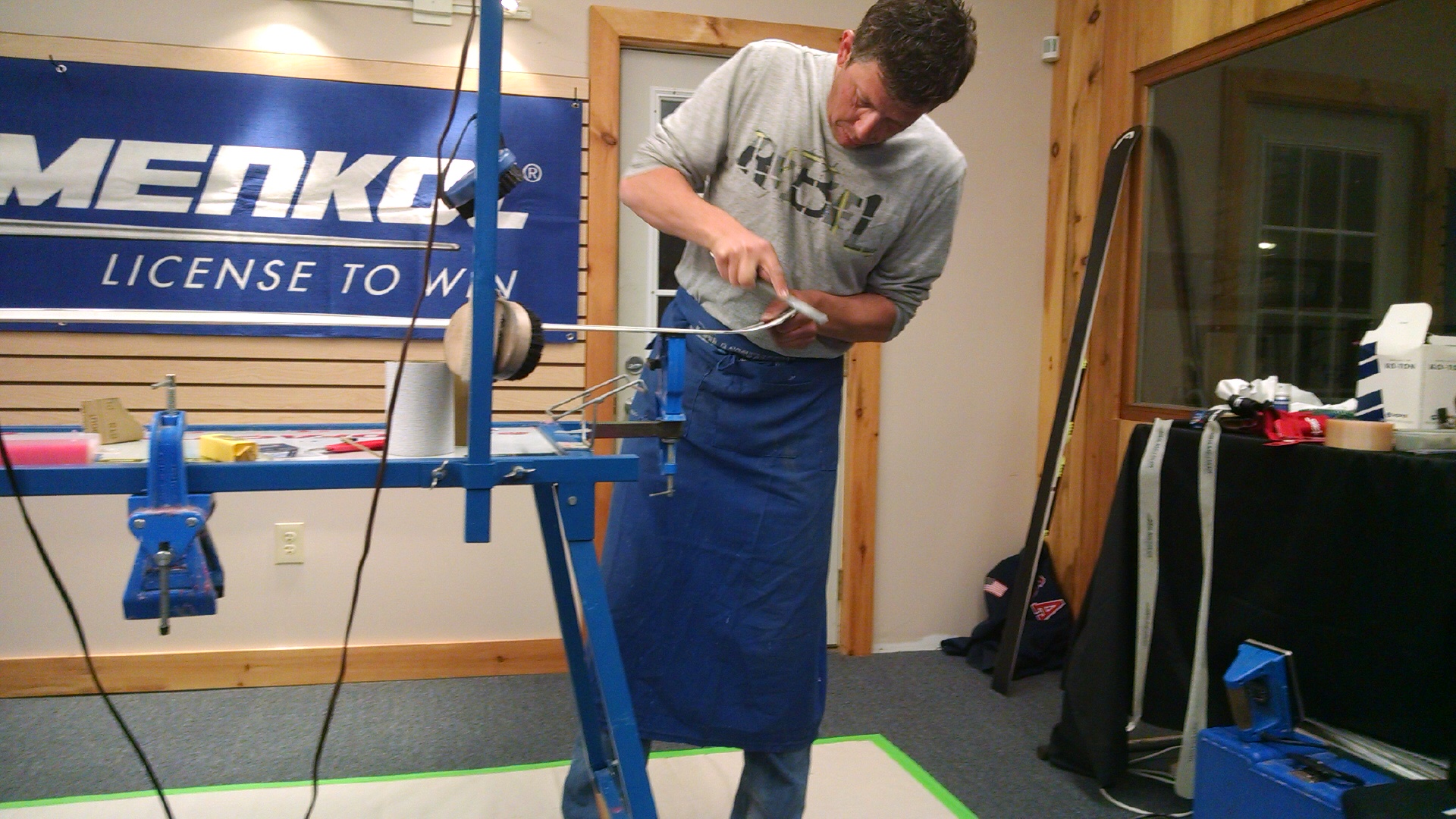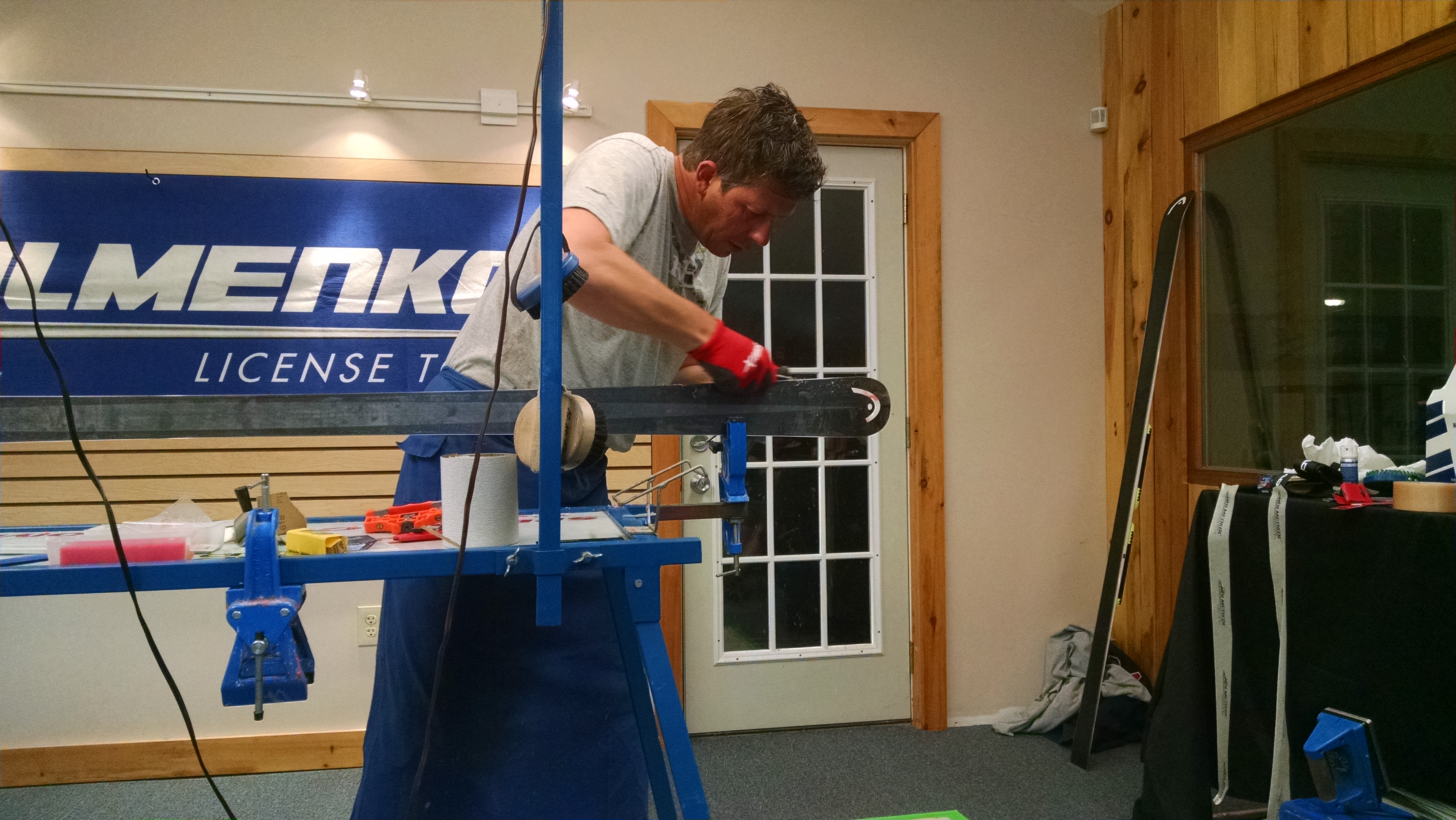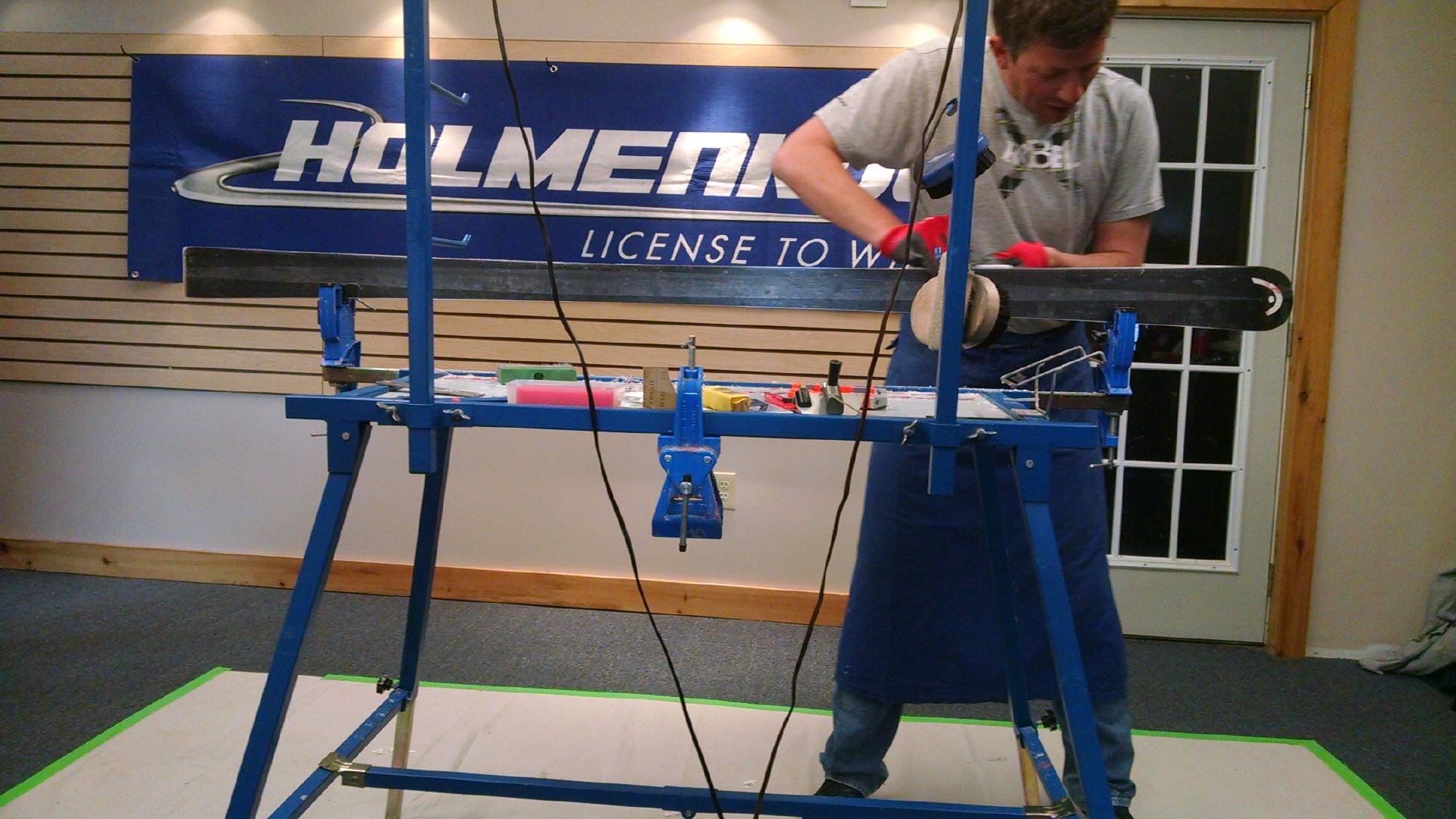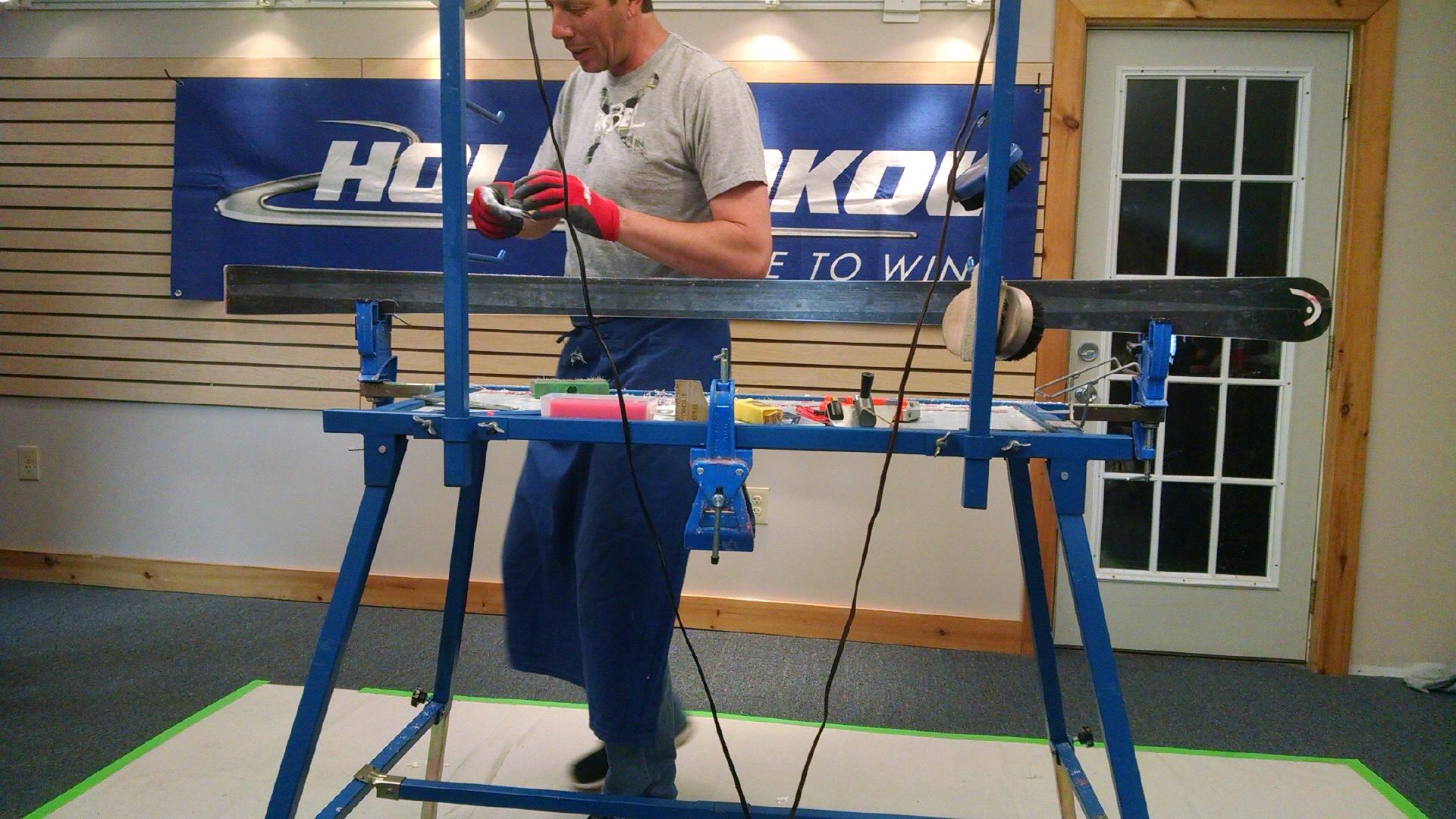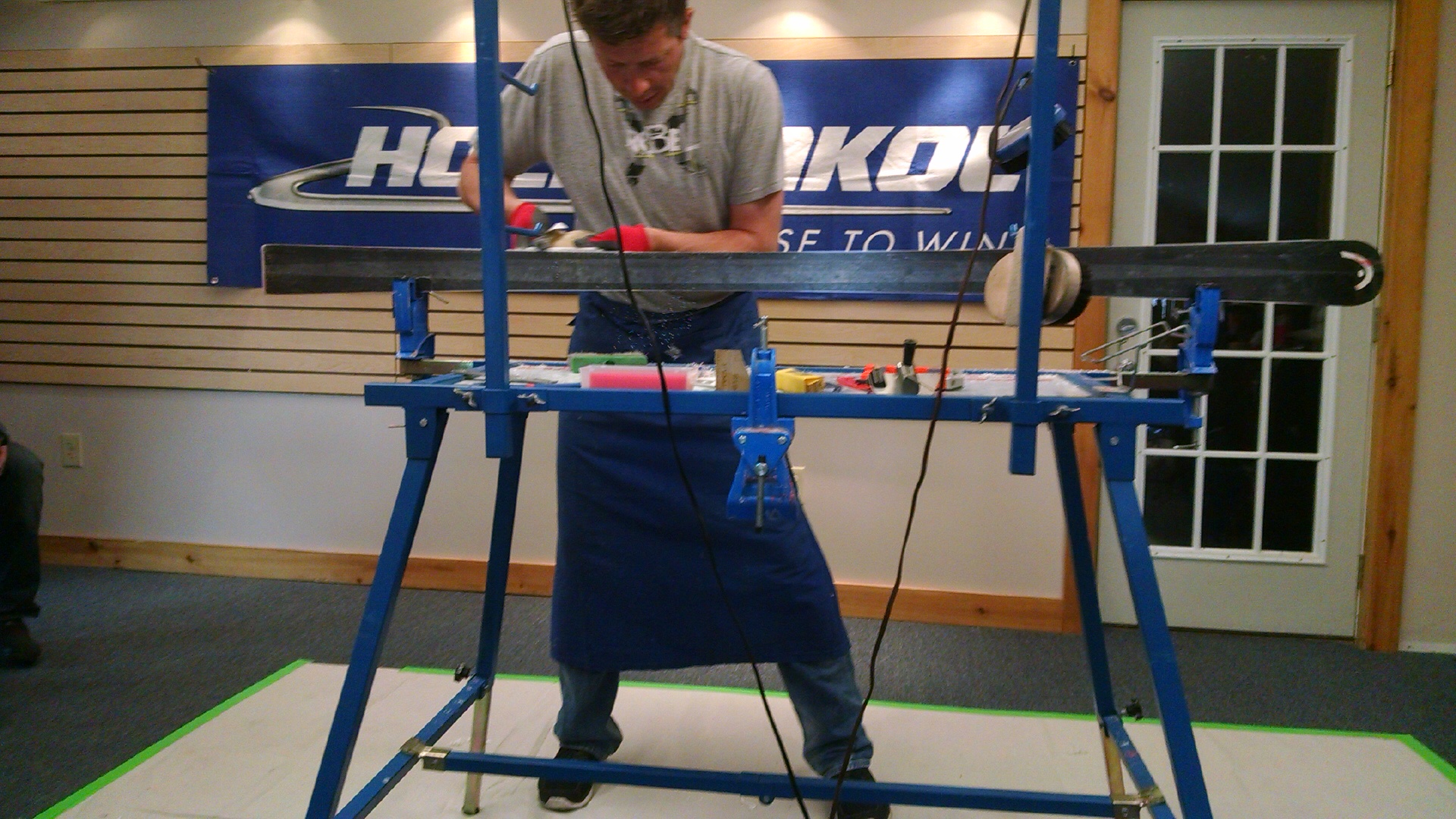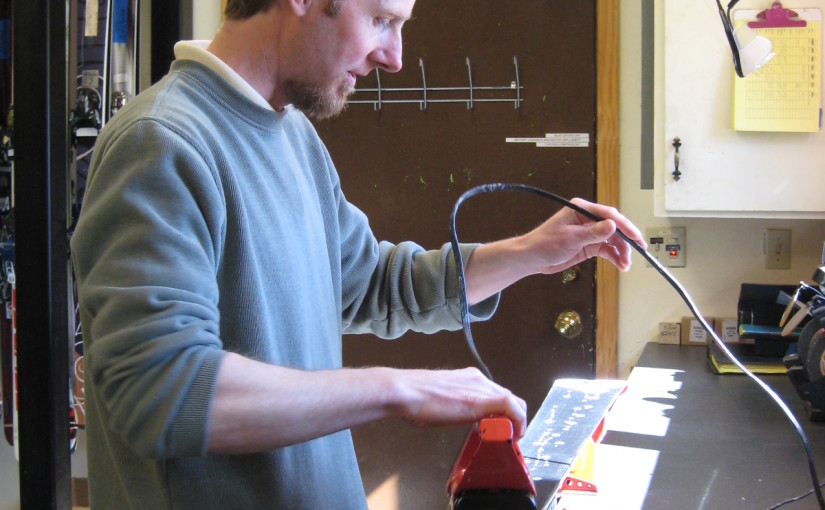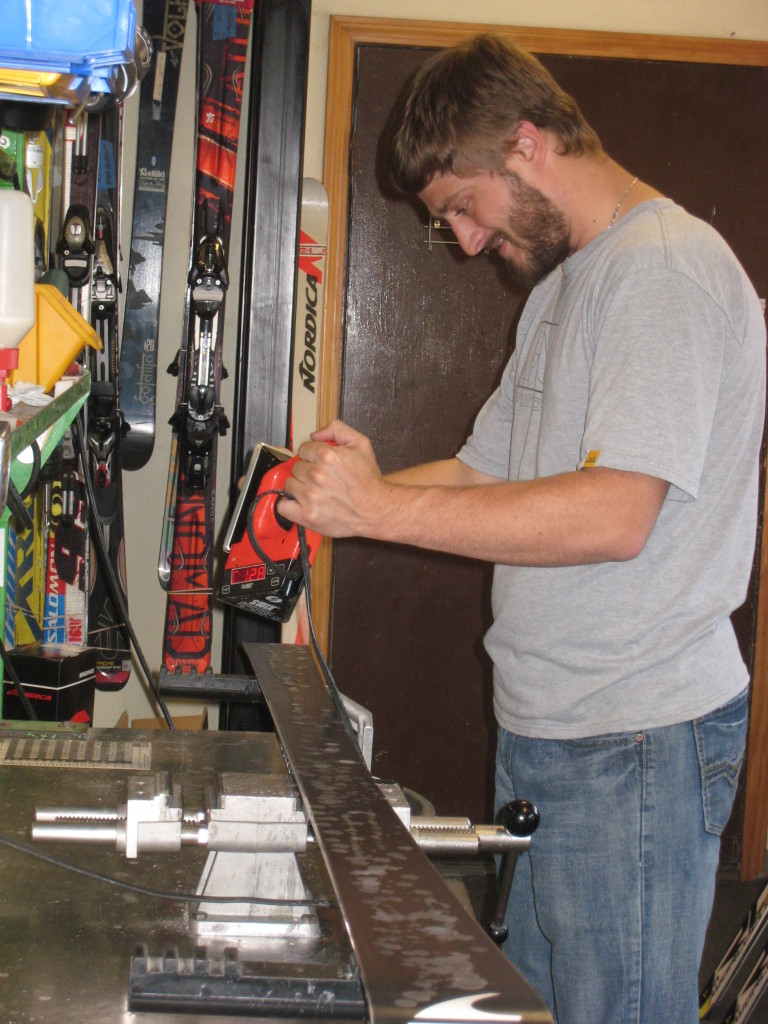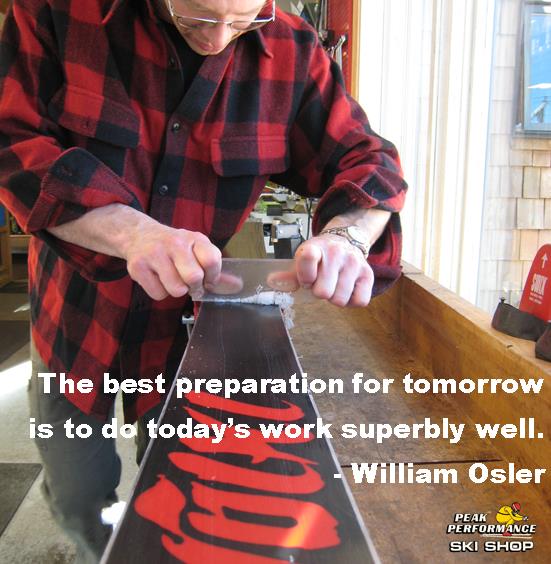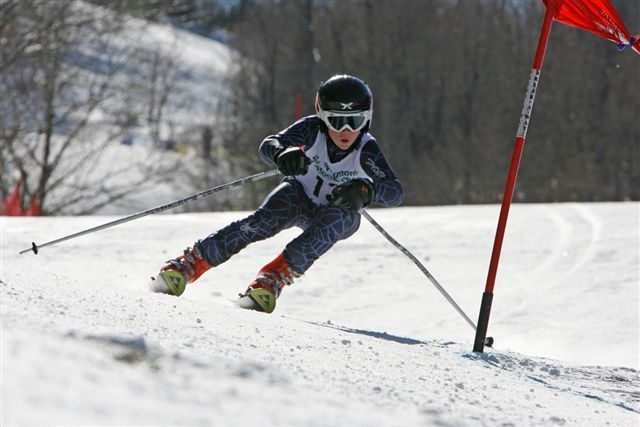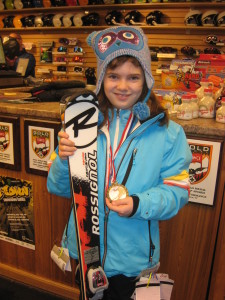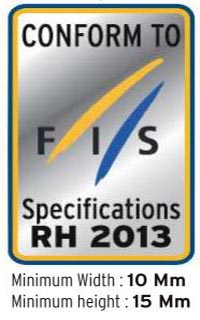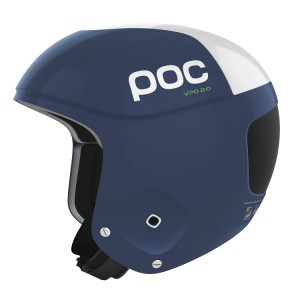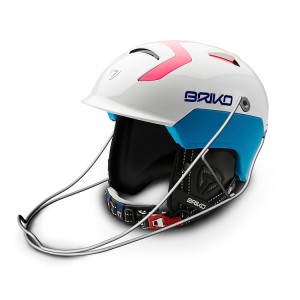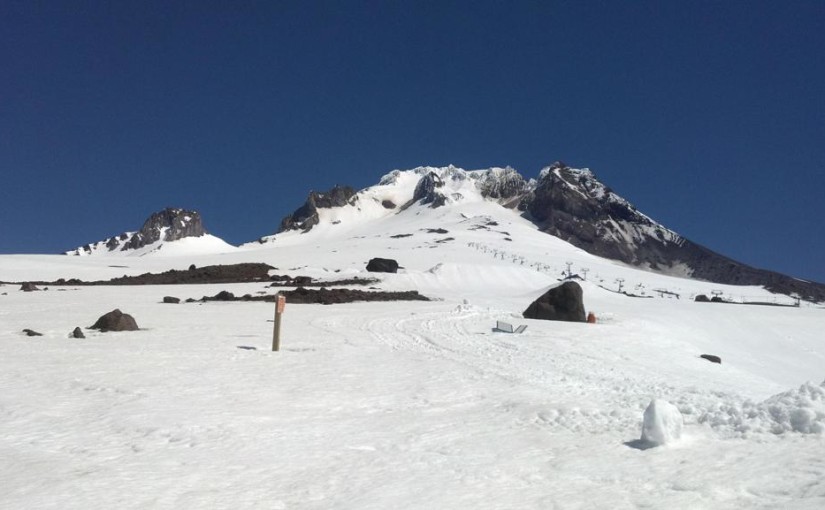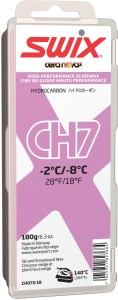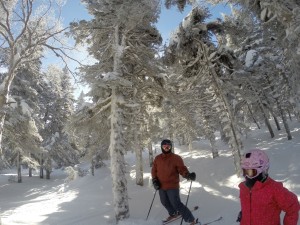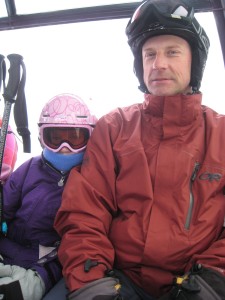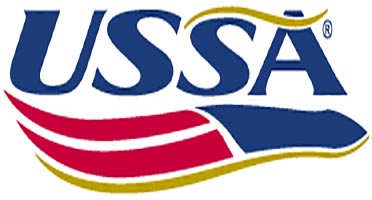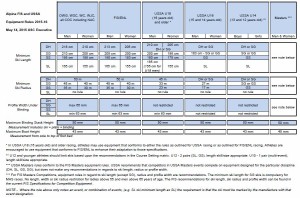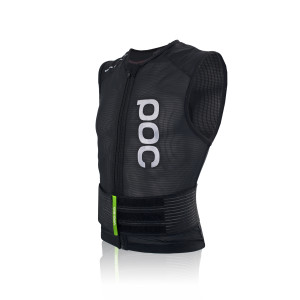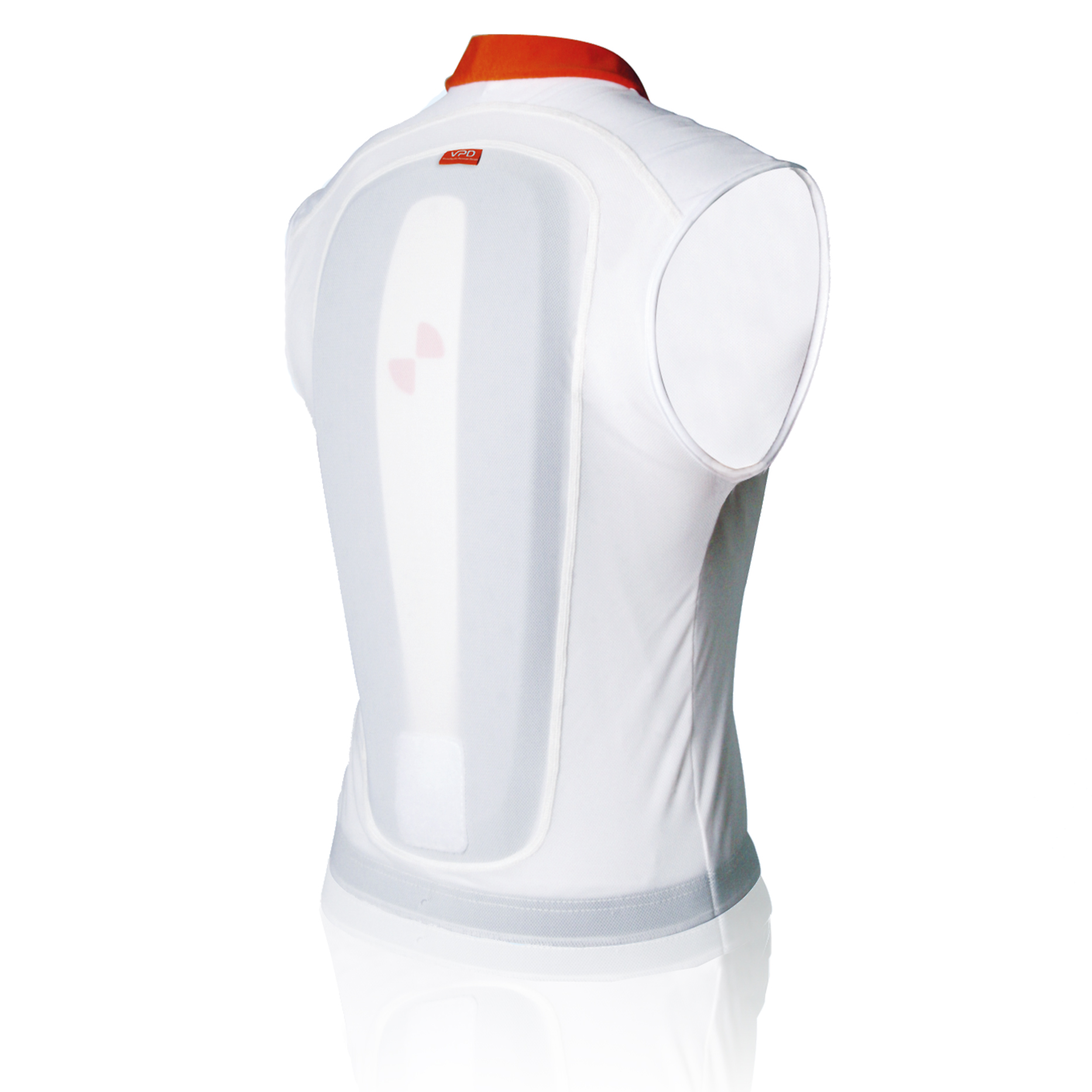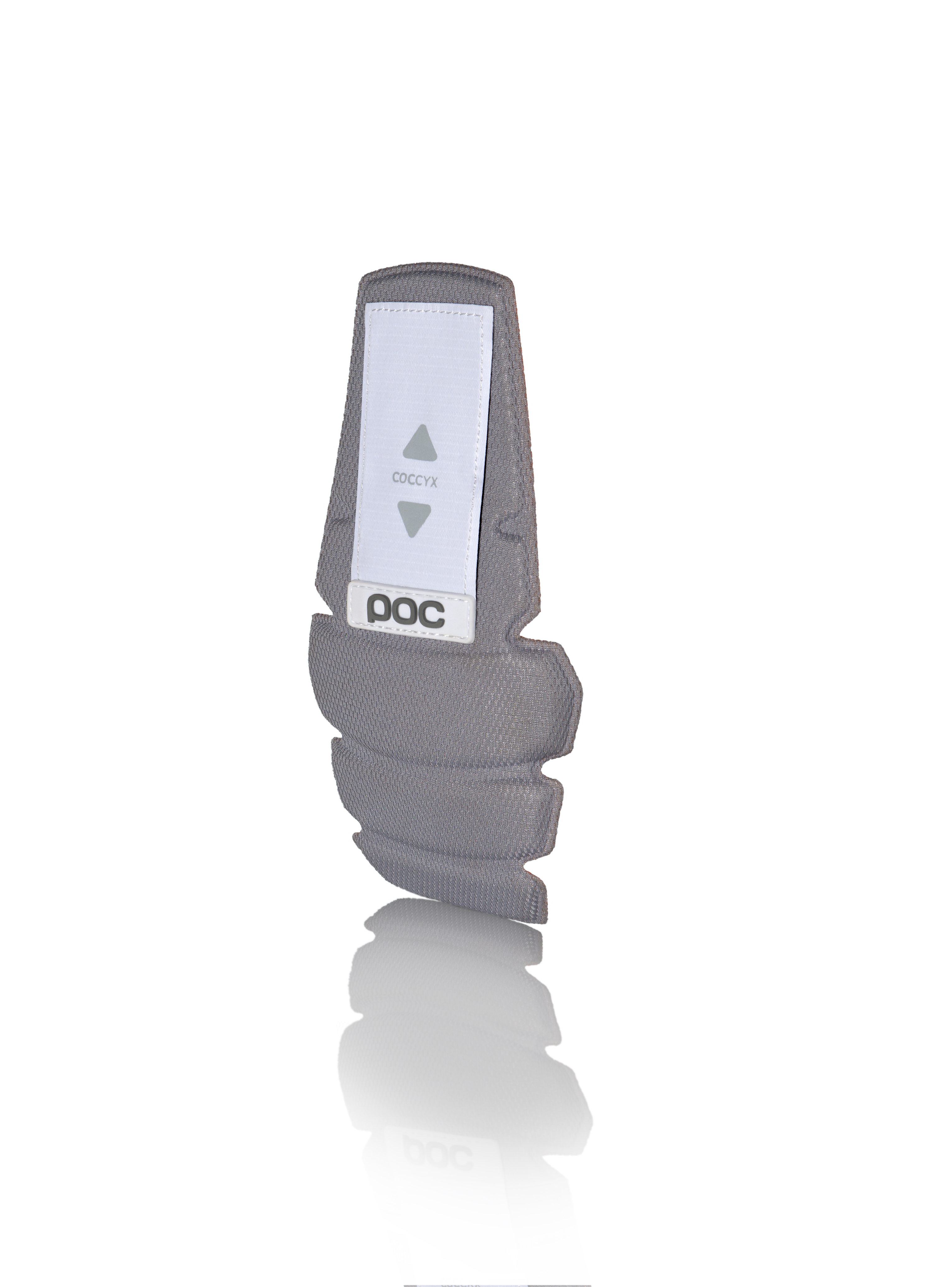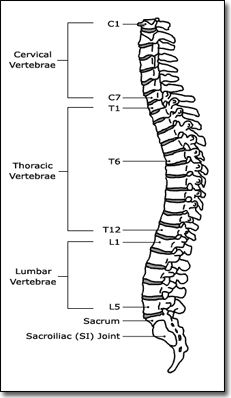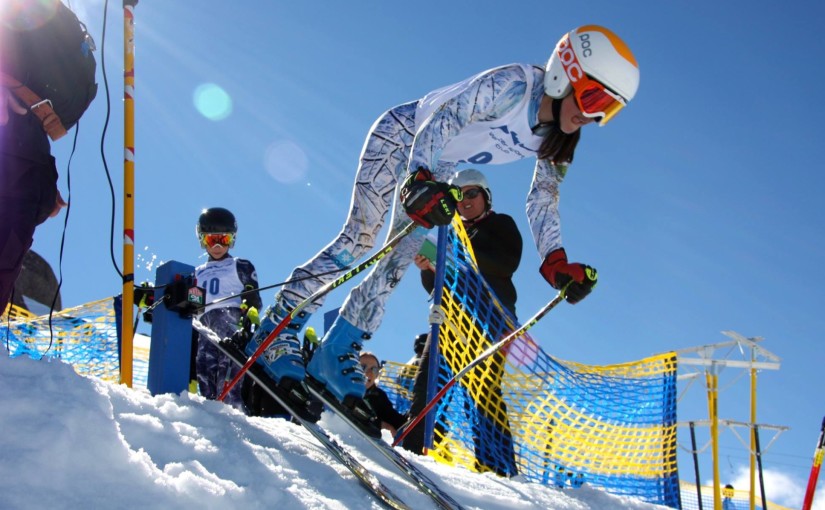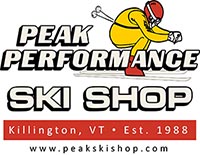Learning from the Pros: Hand Tuning with Alex Martin
This past April I had the opportunity to join a handful of ski tuning professionals at a ski tuning clinic offered by Ted Ligety’s personal ski tuner, Alex Martin. The tuning clinic, presented by Head Skis and hosted by The Speed Factory in West Campton NH, was an amazing opportunity to see the latest hand tuning techniques and advance my skills in one of the most respected crafts in the ski industry.
Alex Martin is World Cup ski racer and Olympian, Ted Ligety‘s right hand man on the hill since 2010. Just as Ted’s coaching staff watches Ted on the course and advises him on his performance, Alex watches Ted on the course and makes changes to improve the performance of his skis. When Ted is testing a course, Alex takes notes and Ted’s feedback and works on improving the skis until they are just right. Quite often, they do not even discuss the changes, Alex makes observations, makes changes based on his knowledge and experience and then just lets Ted ski them and tell him what he thought.
Ted Ligety skis Giant Slalom, Super-G, Slalom, Combined and Downhill. Typically he tests about 50 pairs of GS skis per year plus he also tests skis for all the disciplines he races…and that’s just for training! Alex tunes the trainers exactly the same as the race skis, except for the wax so that Ted gets a good feel for the tune. He will use different waxes and overlays on race day to make the skis as fast as possible. Alex hand tunes every single pair of Ted’s skis from brand new to race ready. You can imagine how many skis go across Alex Martin’s tuning bench each season. He and Ted will test skis until they find a pair for each event that they believe are the fastest, and those skis are put aside to be used exclusively on race day for Ted’s actual race runs. Once a ski has a nick in the edge, it is done and a new pair of skis is used.
Hand tuning is super simple, yet incredibly in-depth. Alex doesn’t use any fancy high-tech equipment. He uses simple basic hand tuning tools that anyone can easily source and learn to use. Some basic tools he recommends every ski racer own are (most of these items can be found in our Peak Race Tuning Kit):
- Swix 2nd Cut Race File / Panzer file
- 3° side edge file guide
- Swix Sand paper (120 grit and 400 grit)
- Swix Fibertex
- Swix Fiberlene
- Temperature controlled iron or Digital iron
- Nylon Roto Brush (and shaft)
- Diamond stones – 100 grit, 200 grit, 400 grit and 600 grit
- Brush Assortment – Brass brush, Nylon brush, Horsehair brush
- A good supply of waxes for training and racing
Alex is incredibly in-tune with each and every ski he lays his hands on. He finesses every step from pulling the sidewall to finely polishing the edges. Alex was full of tips and tricks of the trade as well as words of wisdom for both novice and experienced ski tuners alike. From this clinic I gained a gratitude for hand tuning skis and a certification from Head Skis and Alex Martin himself.
I’ve been hand tuning skis since I was a young ski racer and race tuning skis at Peak Performance Ski Shop since 2006. I went to this clinic to watch a true pro and master at work and learn the little nuances that make the difference. I left this clinic feeling invigorated and excited to bring what I learned back to the shop.
